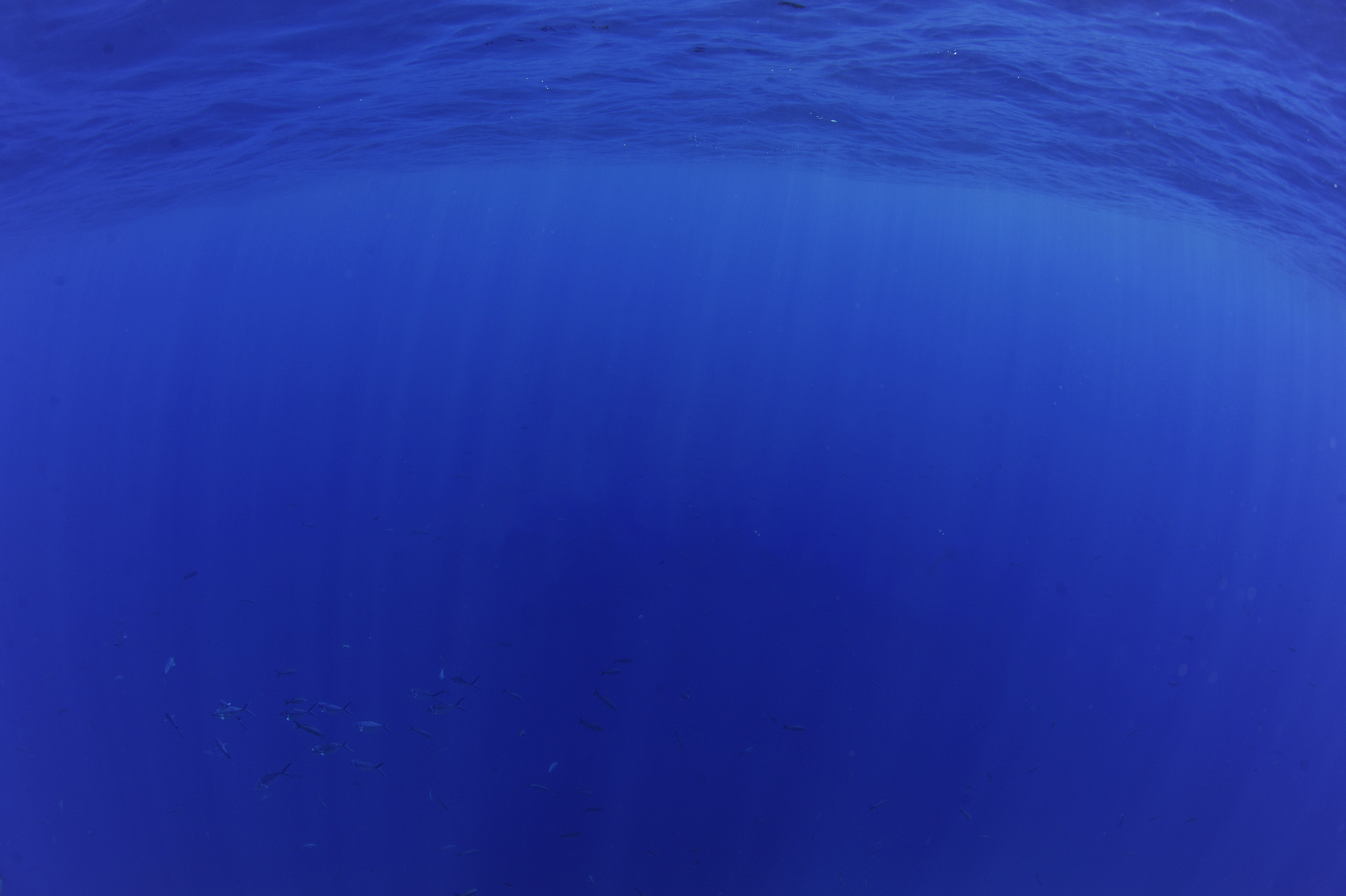
PROJECT OVERVIEW
Overfishing is the greatest immediate threat to manta and devil rays (known collectively as mobulids), making it the number one priority in our strategic approach. Historically, these gentle animals avoided commercial fishing as their meat is considered poor quality.
Drying mobulid gill plates in Sri Lanka © Tom Peschak
However, in recent decades they have become targeted predominantly for their gill plates, which fetch a high price for their use in Asian medicine. Despite global, regional and national protections in place, this international trade in their gill plates is providing an incentive for unsustainable fisheries and the retention of bycatch, resulting in killing tens of thousands of individuals annually. The illegal trade in gill plates benefits a very small number of people, while fishers and other players at lower levels of the supply chain often live in poverty.
Drying mobulid meat in Sri Lanka © Guy Stevens
Manta and devil rays are also targeted for their meat which is cut into strips and consumed fresh, salted, or sun dried. Our recent studies show that there is local mobulid meat consumption in at least 34 countries whilst in others process it to make fish meal, clearly indicating that there is international exports and import of mobulid meat. Additionally, thousands of manta rays and tens of thousands of devil rays are caught incidentally by fisheries as bycatch whilst targeting other species each year, and post-release mortality of these vulnerable rays is high, especially once brought onboard.
Since forming in 2011, the Manta Trust has collaborated with several groups and contributed critical data and expertise to aid the creation and enforcement of protective policies and legislation for manta and devil rays around the world. Some key achievements include seeing all mobulid species granted legally binding international protection under Appendix II of CITES (Convention on International Trade in Endangered Species), the adoption of all mobulid species under the Convention on Migratory Species (CMS) Appendix I & II, and gaining national protection of mobulids in key fishing nations such as Indonesia, Peru and Thailand. Whilst these were all important steps, a decade on our research clearly demonstrates that they are not sufficient and that the trade in gill plates, in addition to bycatch and domestic consumption, are still causing significant challenges in the conservation and protection of manta and devil rays.
Our Fisheries and Conservation Policy Team is working towards the objectives laid out in Goals One and Two in our Five-Year Plan, targeting manta and devil ray gill plate and meat supply chains at every level: identifying and addressing policy gaps and loopholes whilst building political and institutional support for protection of these species, improving capacity for effective enforcement of conservation measures, transitioning mobulid fishers to more sustainable livelihoods, and decreasing consumer demand for manta and devil ray products in key regions. We aim to influence all relevant fishing bodies and relevant communities to take significant steps to reduce mobulid bycatch, and to ensure that policy and regulations to reduce mobulid bycatch are effective and well enforced.
In late 2023 and early 2024, our Fisheries and Conservation Policy Team, undertook comprehensive efforts to identify major policy and enforcement gaps hindering the conservation of manta and devil rays. We brought together experts to review the state of mobulid fisheries globally, updating the issue since Croll et al.'s 2015 paper. Our efforts included compiling existing scientific data on mobulid fisheries and the gill plate and meat trade, assessing their impact on mobulid ray populations worldwide, and gathering crucial data on continued extirpation and overfishing at key hotspots. The results from this study, along with our recommendations, will soon be published. We are preparing ten manuscripts for peer-reviewed publication: two global reassessments of the mobulid gill plate and meat trade and mobulid fisheries and policy review, plus eight manuscripts examining population trends in mobulid landing hotspots.
PROJECT GOALS
To reduce the catch of manta and devil rays worldwide, with a focus on priority regions identified including West Africa, Peru, Mexico, Indonesia, China, India, Sri Lanka, Bangladesh and Myanmar, and through engagement with relevant international policy processes and institutions including International Commission of the Conservation of Atlantic Tunas (ICCAT), Inter-American Tropical Tuna Commission (IATTC), Western and Central Pacific Fisheries Commission (WCPFC), Indian Ocean Tuna Commission (IOTC), Convention on International Trade in Endangered Species (CITES), Convention on Migratory Species (CMS) and The SPAW Protocol (Wider Caribbean Region).
To produce and support the production of pertinent research that can inform decision making and support adequate protection for manta and devil rays. This is achieved by filling knowledge gaps through producing peer-reviewed publications other material such as ID guides and ID keys; supporting key affiliate projects that work nationally or regionally in data collection and fisheries related issues; supporting sustainable species management and stakeholder engagement in key areas (West and Central Africa Elasmobranch Network); promoting knowledge exchange and connecting mobulid researchers worldwide and regionally (Atlantic Manta & Devil Ray Coalition; Important Shark and Ray Areas).
MAIN OBJECTIVES
To achieve these goals, the Fisheries & Conservation Policy Project works to meet the following objectives:
(1) More protective policies exist to support manta and devil ray conservation in key regions;
(2) There is improved enforcement of existing protective policies in key regions, supported by adequate tools and information;
(3) More fishers have moved to more sustainable livelihoods so that the manta and devil ray fisheries are a lower target priority in key regions;
(4) Consumer demand for manta and devil ray products (gills and meat as a priority) is reduced;
(5) Relevant Regional Fisheries Management Organisations (RFMOs), fishery collectives, fishing fleets, artisanal fishers, recreational, and subsistence fishers within key regions are working towards measures to reduce manta and devil ray capture and bycatch mortality;
(6) Regulations and effective enforcement exist to reduce manta and devil ray capture and bycatch mortality in key regions.

Key Achievements
Contributed towards the Retention ban on mobulid rays in the International Commission for the Conservation of Atlantic Tunas (ICCAT) fisheries.
Led the strategic publication 'Vulnerabilities and fisheries impacts: the uncertain future of manta and devil rays'.
Created a ‘Research & Policy Strategy’ for the long-term survival of mobulids.
Submitted 'Concerted Actions' proposal to CMS to address community transitions away from mobulid fisheries.
Contributed critical data and expertise for the re-assessment to ‘Vulnerable’ status of both species of manta ray on the IUCN Red List of Threatened Species in 2011.
Photos from the field




































